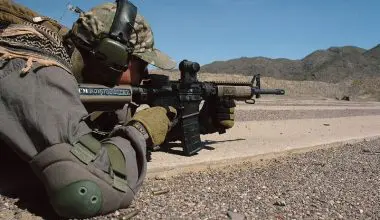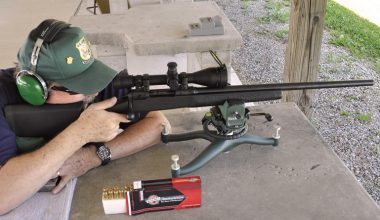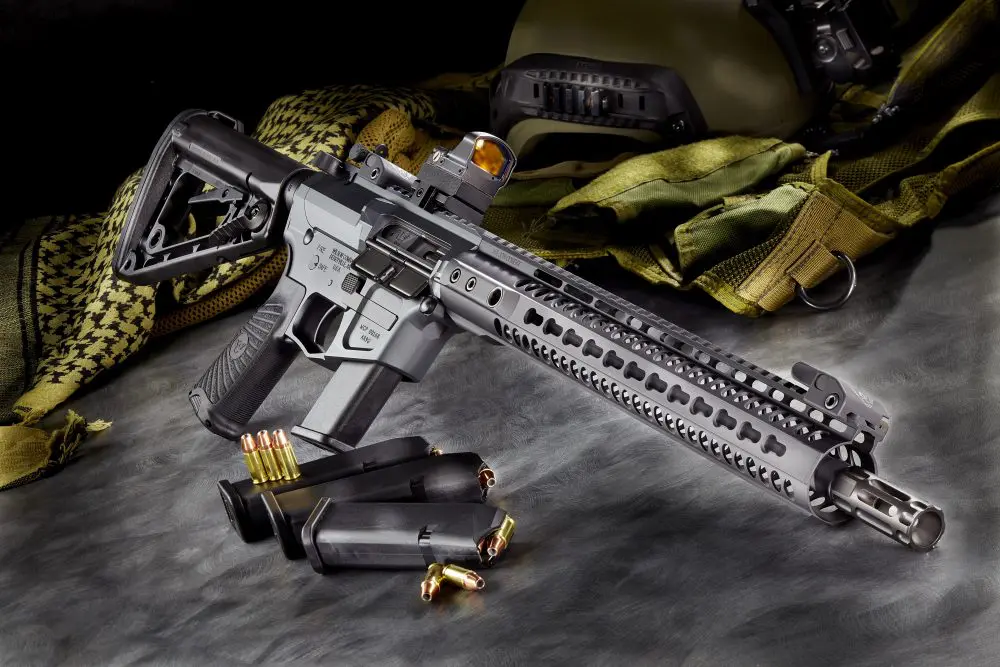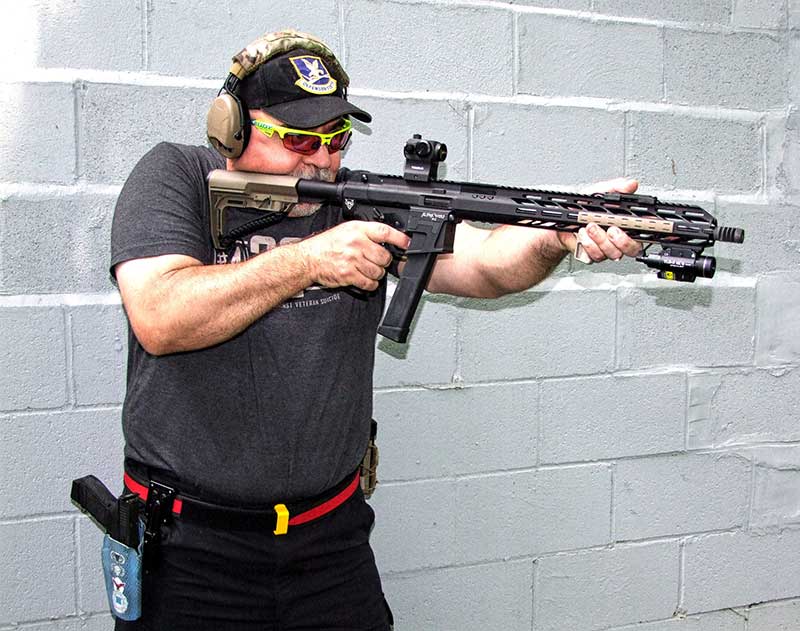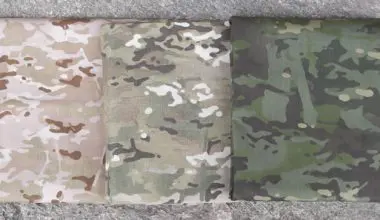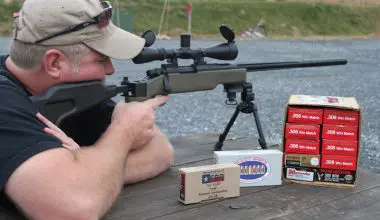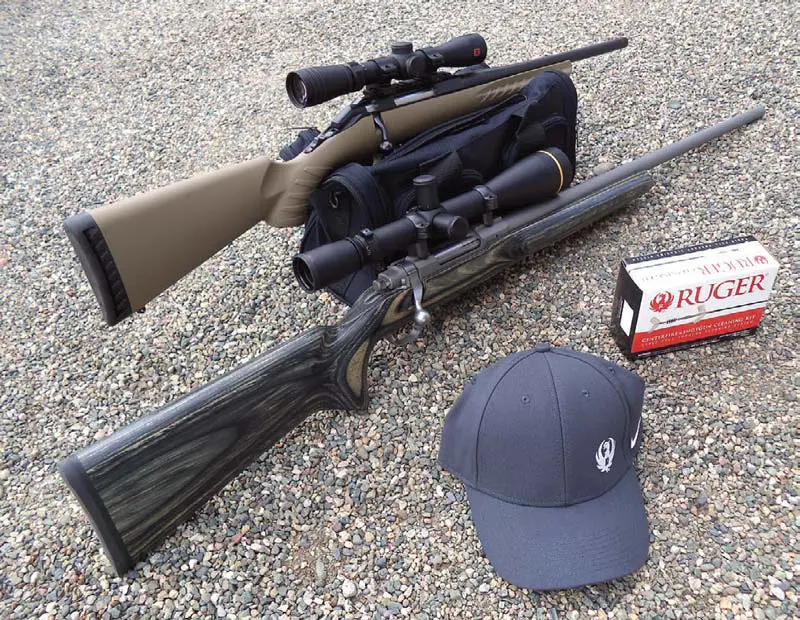
IT would be an understatement to say the .223/5.56 cartridge is immensely popular across the United States. Driven by a huge interest in the AR-15, ammo in calibers .223/5.56 has actually been difficult to obtain at times and is not without controversy, as many feel it is nothing more than a super-fast .22 bullet that depends on upset to be effective.
Some say it is a poor choice for a military battle rifle as it lacks long-range effectiveness, something I can’t speak to as I have never served in the military. But what I can speak to is whether it is a good choice for law enforcement. Having served three decades plus, I know a bit about that arena.
I think the 5.56 is a great choice for law enforcement, especially urban and suburban police operations. Its low recoil is good for officers who are not regular shooters, and its lack of over-penetration in human tissue makes it quite effective at close quarters. Keep in mind police use of the carbine is usually within 50 yards, so the long distance shot desired by the military is not critical.
Other performance issues like terminal effectiveness and hard object penetration are easily addressed by the wide variety of ammo styles available for the platform. Current generation combat ammo is better than ever, and the .223/5.56 is probably second only to the 9mm in benefitting from this research and development.
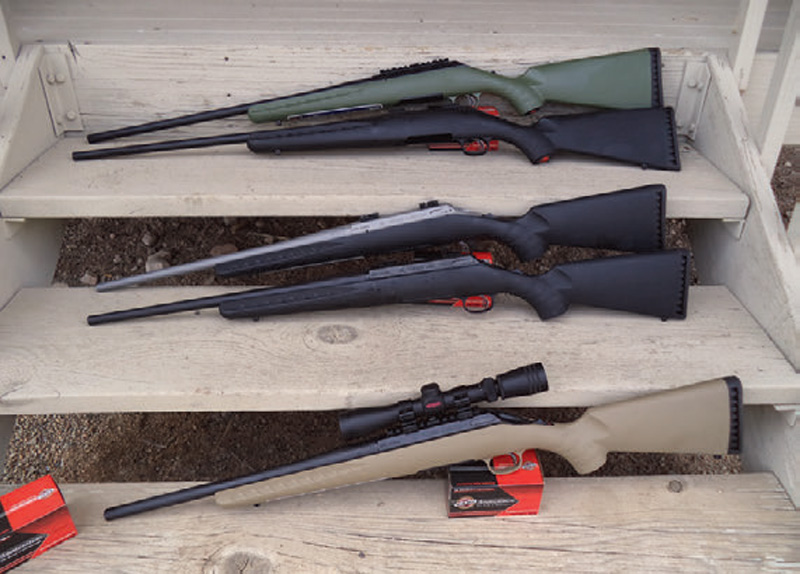
Table of Contents
THE DIFFERENCE
Most everyone reading this has likely cross-loaded their rifle/carbine with 5.56 or .223 at some point, especially when ammo is hard to get. And while it is OK for a short period of time, it should not be done on a regular basis. While many shooters believe the .223 Remington and 5.56 NATO round are one and the same, they are not.
The .223 Remington cartridge first appeared in 1957, developed from the .222 Remington as an experimental rifle cartridge for the AR-15 rifle developed by Eugene Stoner while working for ArmaLite. Current generation .223 cartridges have a SAAMI maximum chamber pressure of 55,000 pounds per square inch designed for a barrel with 1:12 inch twist rate with a throat length of 0.085 to stabilize 55-grain bullets.
The 5.56 NATO cartridge was first tested during the Vietnam War and loaded with a 55-grain bullet at a muzzle velocity of 3,250 fps from a 20-inch barrel with 1:14 twist and maximum chamber pressure of 60,000 pounds per square inch. Throat length for the 5.56 cartridge is 0.162—almost twice as much as the .223 Remington chamber.
Long guns chambered for 5.56 NATO may not function properly, especially when fired with .223 ammunition, because military specification rifles are designed to cycle reliably with the higher pressures of the 5.56 cartridge. Thus, firing .223 Remington cartridges in a firearm chambered for 5.56 NATO is safe but will degrade the potential accuracy of the rifle and reduce muzzle velocity due to the larger chamber dimensions of milspec.
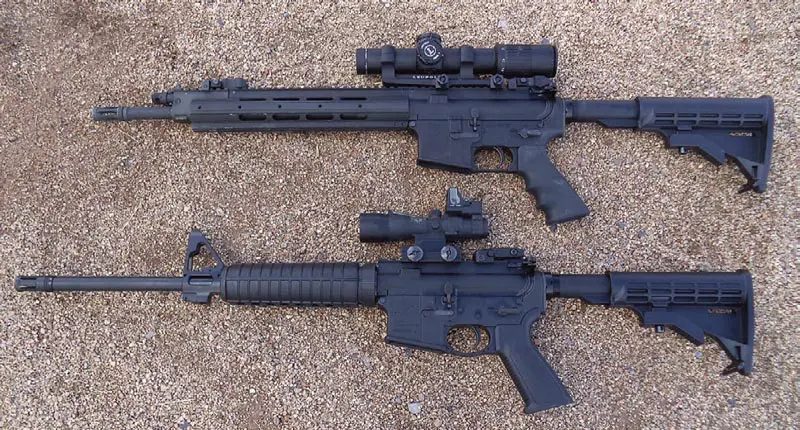
RUGER LINE
Ruger offers an extensive line of long guns chambered for the .223/5.56—possibly the largest in existence. It covers both semi-automatic and bolt-action rifles, some of which have been in production for quite a while, while others are brand new.
New to the product line are the extremely popular Gunsite Scout Rifle and the AR-556, a gas-impingement AR-15 designed to be a cost-effective option for those looking for a quality AR carbine without spending a fortune. Other choices include Ruger’s gas-piston SR-556, the proven M-77 and the super-slick American rifle—a lightweight bolt-action designed to offer everything sportsmen need without having to take out a second mortgage.
The Ruger Gunsite Scout is an interesting story, one that I was in on from the ground floor. The idea for the rifle came from an article I wrote in a police magazine, talking about how close Ruger’s now-defunct Frontier rifle was to Jeff Cooper’s original Scout Rifle concept.
Ruger Media Manager Ken Jorgenson became a champion of the idea and, while attending a Gunsite 250 course, we sat down with Gunsite Owner Buz Mills and (then) Operations Manager Ed Head and talked about Ruger developing a Gunsite-approved rifle. While the original Scout concept called for .308 (and Ruger introduced this model first), a version in .223 was discussed in this first meeting and was always to be part of the product line.
GUNSITE GATHERING
Ken Jorgenson recently got the idea to bring together a small group of shooters to look at the Ruger .223/5.56 line, shoot them under a variety of conditions, and offer feedback on their application. I was included in this group as a veteran law enforcement officer and current instructor in combative firearm skills.
Others included Dick Williams, formerly of SureFire and a writer for the NRA; “Dave,” a U.S. Air Force Para-Rescueman (PJ); and “Jim,” an enthusiastic hunter. Each of us brought a different view to the Ruger line and I enjoyed the others’ company immensely, learning about their fields of expertise.
Few places on earth could give us the various environments we wanted in one location, but then few places are Gunsite. Lt. Col. Jeff Cooper—author, professor, and World War II and Korean War combat veteran—founded Gunsite in 1976. Col. Cooper intended Gunsite to be the vehicle for spreading the Modern Technique of the Pistol, which he codified.
Gunsite’s operation covers 2,000 acres, with modern facilities, large classrooms, a fully stocked Pro Shop, and a full-service gunsmith operation for their clients. A variety of ranges purpose-built for their classes include outdoor and indoor simulators (shoot houses and desert washes filled with targets), a 400-yard known distance rifle range, an unknown distance range, and various steel target ranges for specific purposes.
Most of the target arrays move, turn, run, pop up, or appear and disappear. In a nutshell, Gunsite had everything we needed to evaluate the various Ruger long guns.

DAY ONE
The first day was set aside for bolt-action rifles. Since the M-77 has been around a long time and the Gunsite Scout has received much press of late, I decided to focus on the American Rifle, primarily the short-barreled compact version.
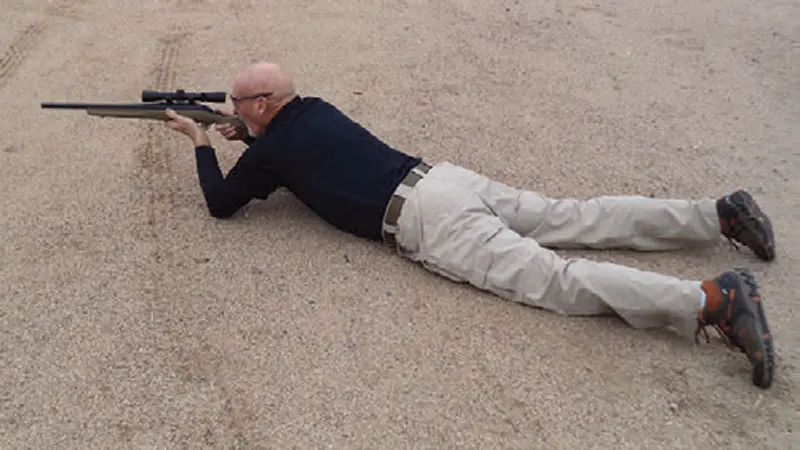
In my opinion, the American Rifle is one of Ruger’s best products. It is cost effective, quality manufactured, and offers the performance level of a much more expensive rifle. The 100% American-made rifle is the latest innovation from Ruger, offered in short- and long-action calibers, featuring rugged reliability and ingenuity, and available in a wide variety of barrel lengths and stock configurations.
Features include “power bedded” integral bedding blocks, flush-fit rotary magazine, three-lug bolt with 70-degree angle of throw, and the super-smooth Ruger Marksmen Adjustable Trigger system, which is exceptional for a budget-priced rifle. Crisp with little travel, the American’s trigger is also end-user adjustable with a range of three to five pounds.
The compact model I shot was the American Ranch with Flat Dark Earth colored stock, 16.12-inch barrel (threaded for a suppressor if so desired) with an overall length of 34.75 inches and length of pull of 12.5 inches. Because the gun is a low-priced model, I opted for an optic that is also value priced but high in quality—the Redfield Revolution 3-9X40 Matte 4-Plex optic.
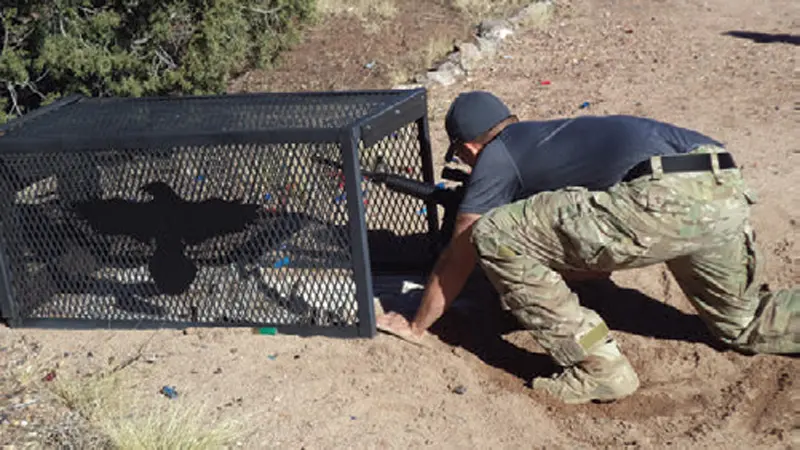
The Revolution 3-9X40mm scopes are made in Oregon and produce optical, mechanical, and functional superiority that no import can match. The Illuminator Lens System combines premium lenses with vapor-deposition coatings for quality light transmission in the critical low-light/blue wavelengths. For long-range precision, the Accu-Range reticle provides hold points to 500 yards with simplicity and accuracy.
Due to other classes in progress at Gunsite (both pistol and carbine), we were limited to the 50-yard Hanneken range for our shooting session. Since we could not shoot the long distances we preferred, I opted to shoot the American Compact in quickly accessed unconventional shooting positions, working the bolt as fast as possible.
To get the Redfield on target quickly, we used the tenyard/ 50-yard zero process. To do this, zero the rifle at ten yards, then lower the point of impact two inches, which will result in a 50-yard zero. Next we re-confirmed the 50-yard zero (which will have a secondary zero around 200 yards) and went to work. Using both American Eagle (Federal) 50-grain FMJ and Black Hills 75-grain Match HP, I found the American was not only fast on target, but its small, lightweight size made it easy to get into and out of varied positions.
DAY TWO
The second day could be called the “Day of the AR-15,” as we focused on the gas-piston SR-556 and new direct-impingement Ruger AR 556. I have no real preference on piston versus impingement, but then I live in Ohio, where both work well. If I were working in a talcum-powder desert-sand environment, the gas piston would probably be my preference.
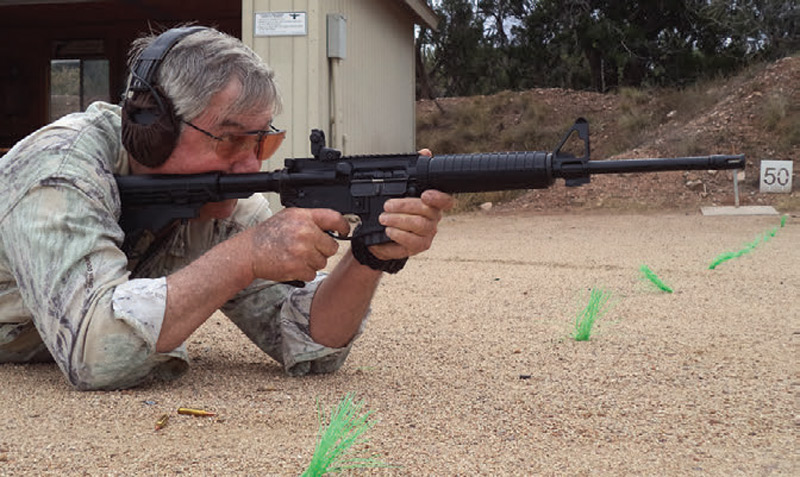
Regardless, the SR-556 is one of the smoothest-shooting gas-piston ARs on the market, and the 556E is sleek and lightweight. Our Air Force PJ Dave brought two in-development Leupold optics for us to work with. Both are being considered by the Special Operations community but are by no means current issue. The first was a 1X6 Fire Dot scope and the second a 1X large-window red dot that reminded me of an EOTech holographic sight.
The group undertook a series of drills (10, 25 and 50 yard “snap” shoots from low and high ready) to warm up using both Ruger AR platforms, as well as the tried and true Ruger Mini-14, which was my first SWAT rifle when my former agency founded its SWAT team in 1980. It stayed our primary long gun until 1990, when we transitioned to the Steyr AUGP, an experience I wrote about in S.W.A.T. Magazine many years ago! Thus, the Mini-14 feels like an old friend, and I was pleased to see that I still shoot it well, even with iron sights.
After zeroing both the SR and AR carbines on the Hanneken range, we headed over to the Scrambler. For those who have never run the Scrambler, it is a series of firing positions that vary from standing to kneeling to prone to actually climbing into a tunnel-like structure called the Dog House. The shooter must run as fast as possible and instantly transition to a rock-solid shooting position, take the shot, then go back to rapid movement. The course record of 34 seconds is held by a U.S. Marine who I am sure was much younger than I….
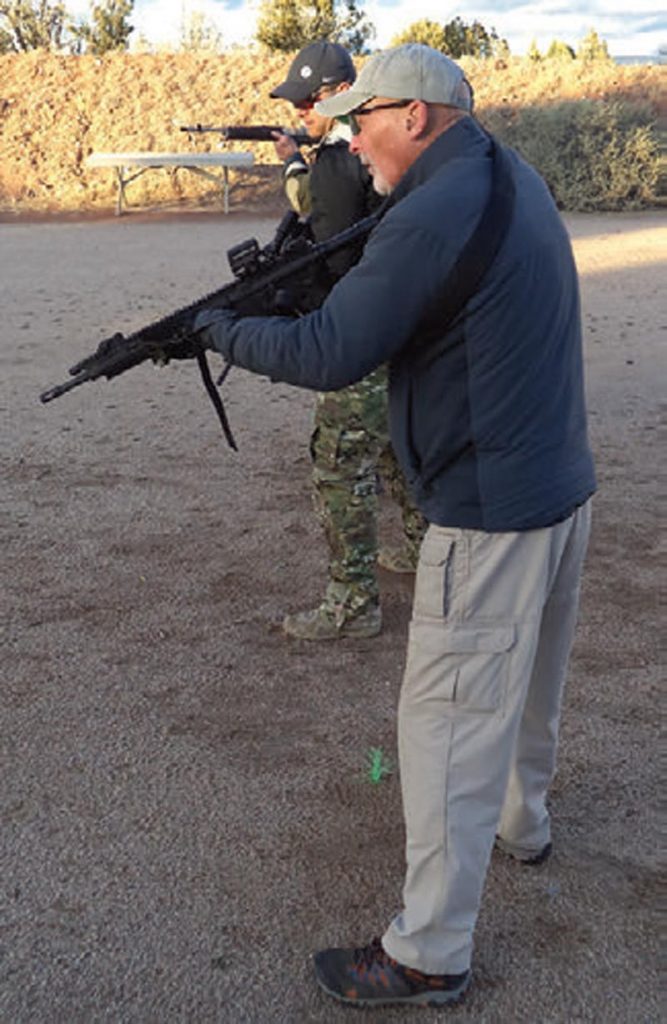
We also incorporated the Ruger Mini-14 into the Scrambler drill to see if it would slow the shooter in any way. It did, but only because it sported iron sights instead of the hightech Leupold optics. Dave had the best run of the day, completing the Scrambler with all hits in a very respectable 41 seconds, using the Ruger SR-556E equipped with Leupold 1X6 optic.
My best run of the day came with all hits in 54 seconds using the same gun. While certainly not close to the course record, I have found as I close in on 60 years of age, it is more about not embarrassing myself than setting records. I was quite happy with my time and being able to fold myself into the shooting positions required of the Scrambler. In truth, it was not the shooting positions that held me back—it was getting my legs to move fast!
DAY THREE
The final day was spent working the Ruger long guns at distance using the Woodfill range as well as clearing rooms in the Funhouse. Clearing rooms with a long gun can be problematic due to their length, but Gunsite teaches tactics and techniques to keep the muzzle from preceding the shooter around hard or blind corners and then maximizing engagement distances via aggressive movement.
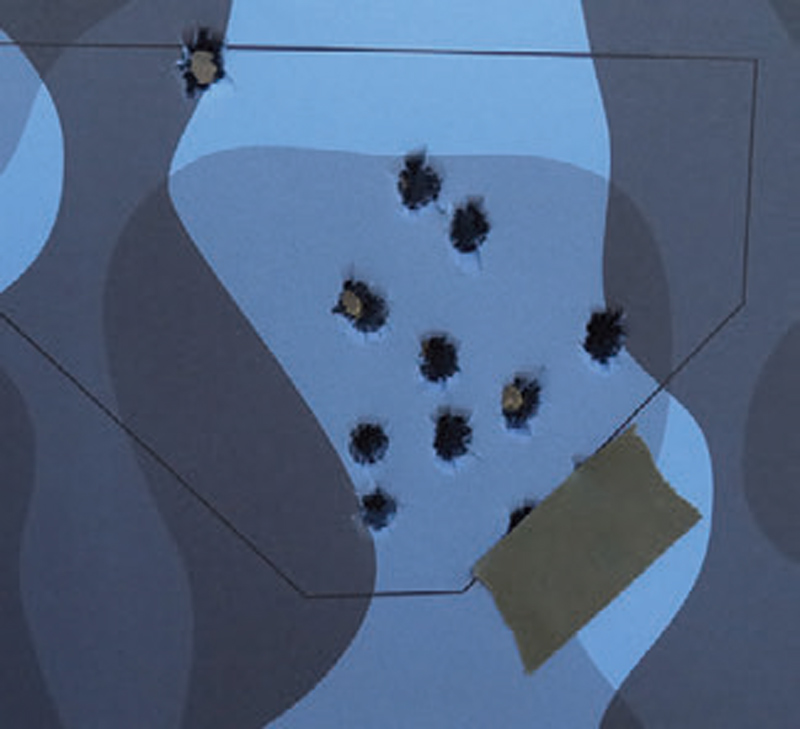
The Woodfill range showed us that all the Ruger .223/5.56s had “reach out” capability, as they hit steel targets at 100, 200 and 300 yards with boring regularity. The American Compact that we zeroed at 50 yards on day one proved to be right on at 200 and hitting low on a Pepper Popper at 300.
While I had to prone out to hit the steel at 300 with the iron sights of the Mini-14, I was able to hit off hand with the SR-556E using the Leupold 1X6 scope, showing how a quality optic enhances a rifle’s (and shooter’s) ability to reach out and hit.
SUMMARY
Ruger makes a solid line of long guns chambered for the .223 Remington/5.56 NATO cartridges. Since I do not consider myself a long-distance precision shooter, the bolt guns are mostly wasted on me, though Jim, our hunter, found the Ruger bolt guns superior.
I gravitated toward the Ruger AR carbines, with my preference being the piston-driven SR-556. Your preference? You’ll need to decide that based on your real world of work, but I’m willing to bet Ruger has you covered.
